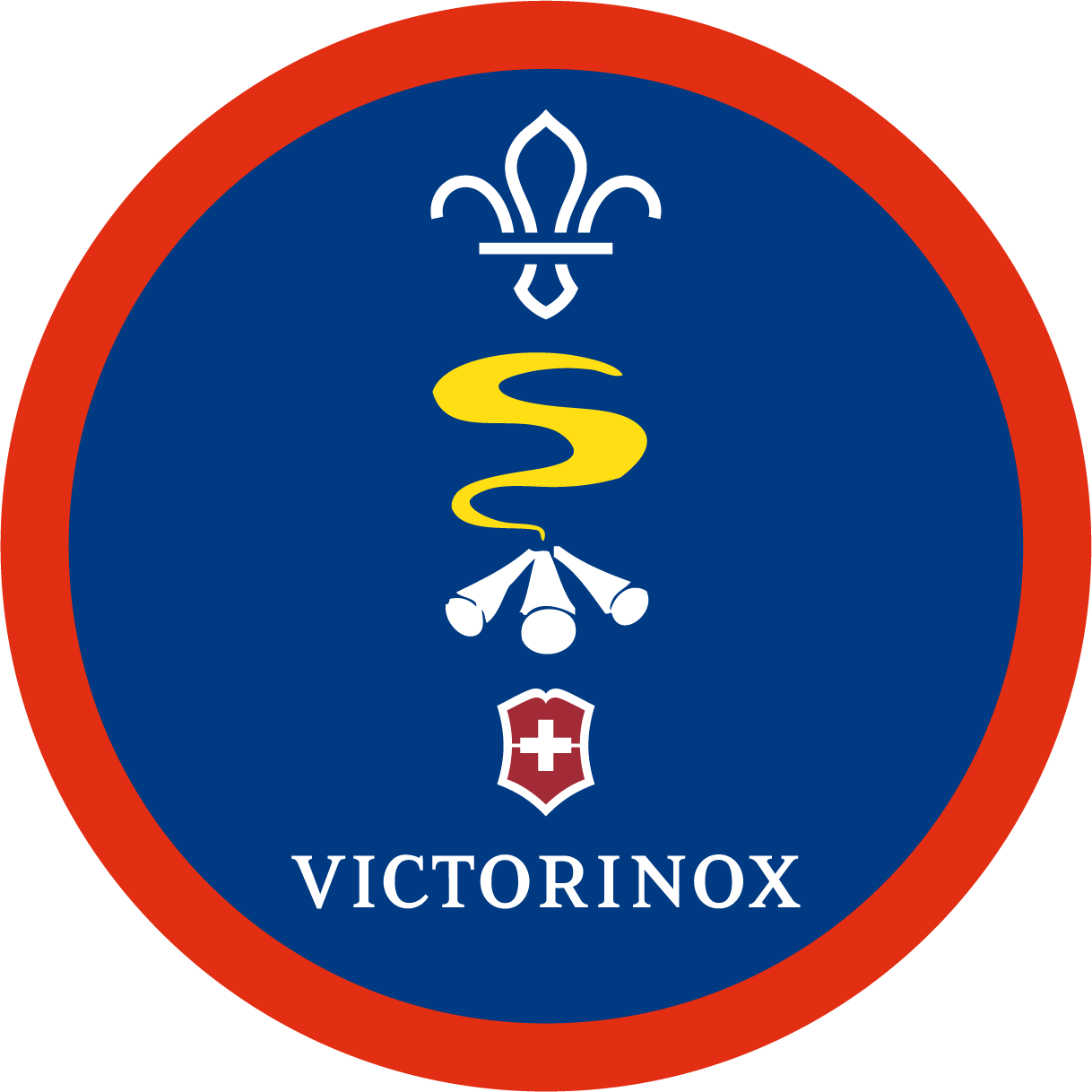
Treat your team
You’ll need
- Scrap paper
- Pens or pencils
- Scissors
- Bowls
- First aid kits
Join the practical skills alliance
- knife, axe and saw safety and skills
- backwoods cooking
- tarpology and tents
- fire
- kelly kettles and water purification
- pioneering
- crafts
- game preparation
Before you begin
- You’ll need a basic first aid kit for each group. They should also have access to other things they’d have in a survival situation, for example, a limited supply of water, an extra jumper or two, and perhaps their Scout scarves.
- If using knives, take the time to read and understand the Scout knife safety guidance.
- Check out the Victorinox survival first aid information.
Get stuck in
- The person leading the activity should explain that outdoor activities can sometimes result in minor medical issues such as small cuts or grazes, or people getting too hot or too cold. Occasionally, more serious emergencies happen, so it’s essential that people have a basic understanding of first aid.
- Everyone should work together to write illnesses and injuries that people might face in a survival situation. Each illness or injury should be on a different slip of paper.
- Everyone should fold each slip of paper and put it in the bowl.
- Everyone should split into groups or four or five people.
- Each group should choose someone to be the first ill or injured person.
- Each ill or injured person should choose an injury or illness from the bowl. They shouldn’t tell anyone what it says, but should act it out for their group.
- The rest of the group should try to work out what’s happened to the ill or injured person.
- Once they know what’s wrong, the group should give the ill or injured person first aid with the supplies they have. They should remember that they’re in a survival situation, so they may be hours (or even days!) away from professional help.
- Meanwhile, the people leading the game should keep an eye on each group’s first aid. They should step in to give advice and help people get it right, so they learn from any mistakes they make.
- Once the team’s treated their ill or injured person, they should chat about how it went. Would their treatment have been effective? Could they have done anything else?
- Each group should choose a new person to be ill or injured.
- Everyone should repeat steps 5 to 11 until everyone’s had a go at being ill or injured.
Reflection
This activity was all about developing skills and being independent. Spending time in the wild can be really enjoyable, but sometimes things go wrong. Was it tricky to do first aid with limited supplies? How did it feel to be in charge of making important decisions? Why is it important that everyone, not just the person leading a group, knows first aid? How does planning ahead make it easier to deal with emergencies?
It can be helpful to plan ahead to know what to do in a serious situation, for example, if someone in a group of three is seriously injured and unable to move. They need professional help as soon as possible – but there’s no phone or GPS signal. Should one uninjured person stay with the injured person while the other goes to find help, potentially getting lost or injured on the way? Or should both uninjured people go to seek help together, leaving the injured person on their own knowing their condition might get worse? There may not be one right answer – and it might depend on other factors such as the location and the weather. Discussing it in advance helps people to know how they might react.
Safety
All activities must be safely managed. You must complete a thorough risk assessment and take appropriate steps to reduce risk. Use the safety checklist to help you plan and risk assess your activity. Always get approval for the activity, and have suitable supervision and an InTouch process.
- Scissors
Supervise young people appropriately when they’re using scissors. Store all sharp objects securely, out of the reach of young people.
- You could make the bowl full of illnesses and injuries before you begin. It’s up to you how serious or complex the illnesses and injuries are.
- It’s up to you how much equipment people have access to. You could also specify how long it would take for help to arrive. Remember that the purpose of first aid is to stop things getting worse in the time it takes for professional help to arrive.
- Not everyone will need to get hands on with the first aid – it doesn’t take four people to put a bandage on, for example. This means that anyone who might find it trickier to get involved with the physical aspects of first aid can still get involved – they can still advise and direct their team members, communicate with the ill or injured person, and plan ahead.
- If some people want to choose an injury or illness that can be treated without anyone touching them, that’s fine.
All Scout activities should be inclusive and accessible.
Build on your first aid skills and knowledge by working towards the next stage of your Emergency Aid Staged Activity Badge.
